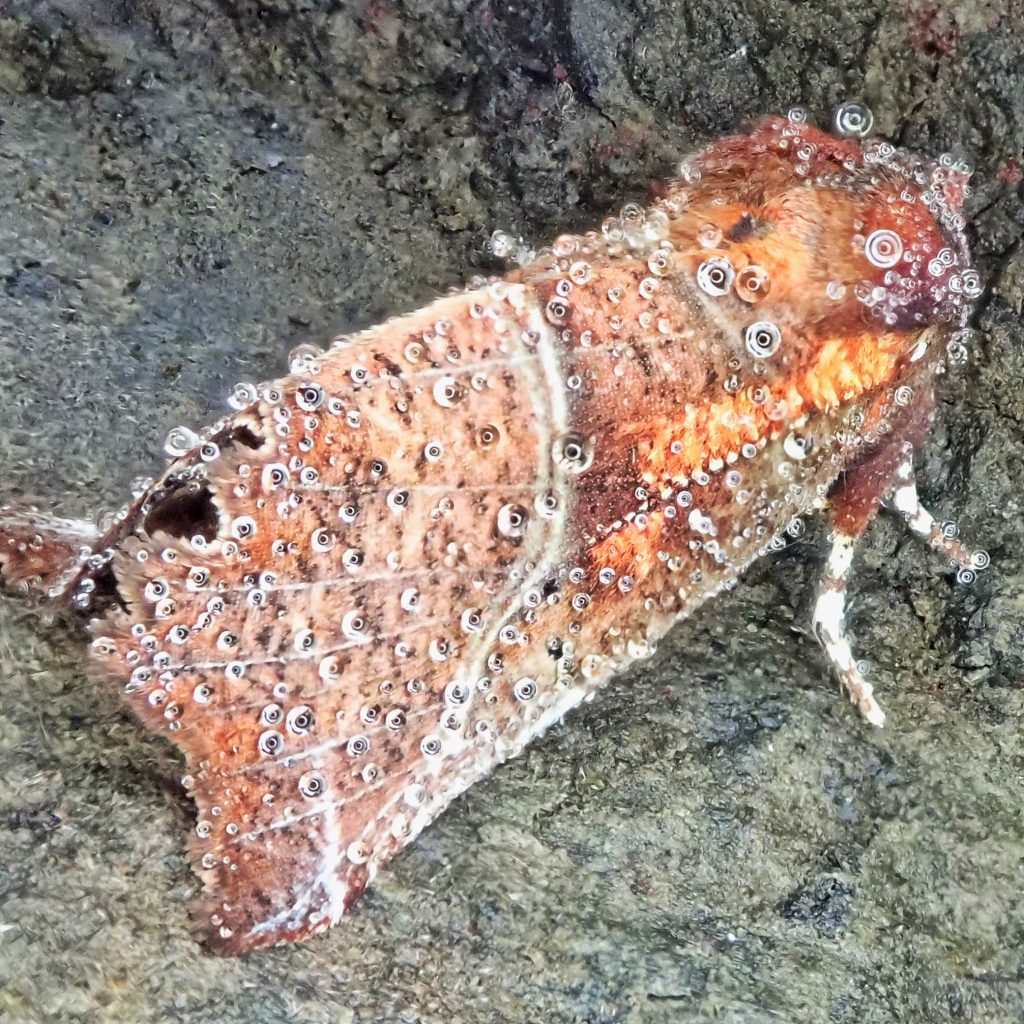
There are several genera of moths which overwinter, hibernating as adults. But I had never found any that were doing so until I spied these Scoliopteryx libatrix on the walls of a mine in the Capitol Forest. It was particularly fascinating to see that water droplets had condensed on their wings. The temperature was in the high forties outside, but it was noticeably warmer (unfortunately I didn’t think to carry a thermometer) inside the mine. There is some interesting information here about this species using caves in Manitoba.
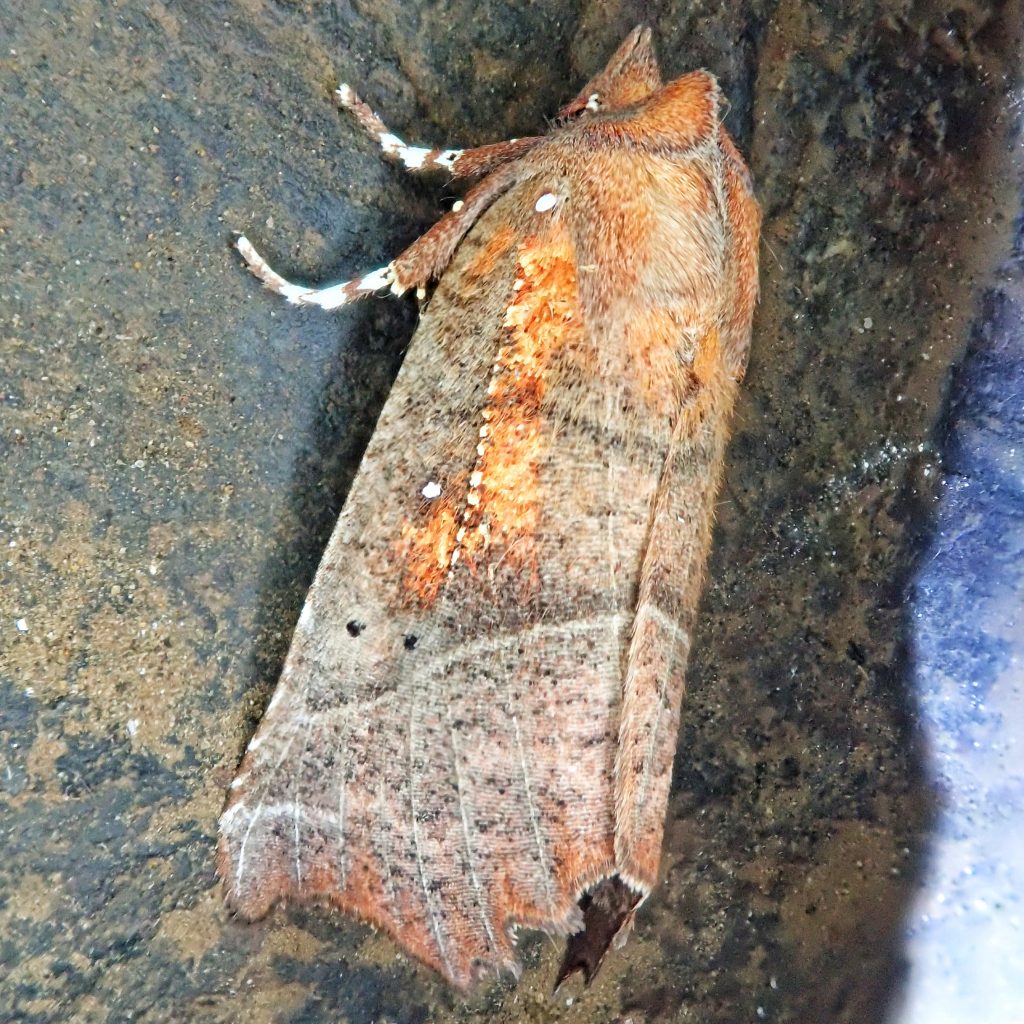
The adults of this Eribidae species emerge from their hibernaculum in spring to mate and lay eggs. The caterpillars grow quickly, and pupate by mid summer, as the parental generation is dying off, and fresh adults begin to appear in late July. This means that many Heralds live as adults for 2/3 of a year, which is about 10 times as long as most moth species. And, while it is not exactly rare, it is uncommon for a moth to live several times as long as an adult as it did as a caterpillar.
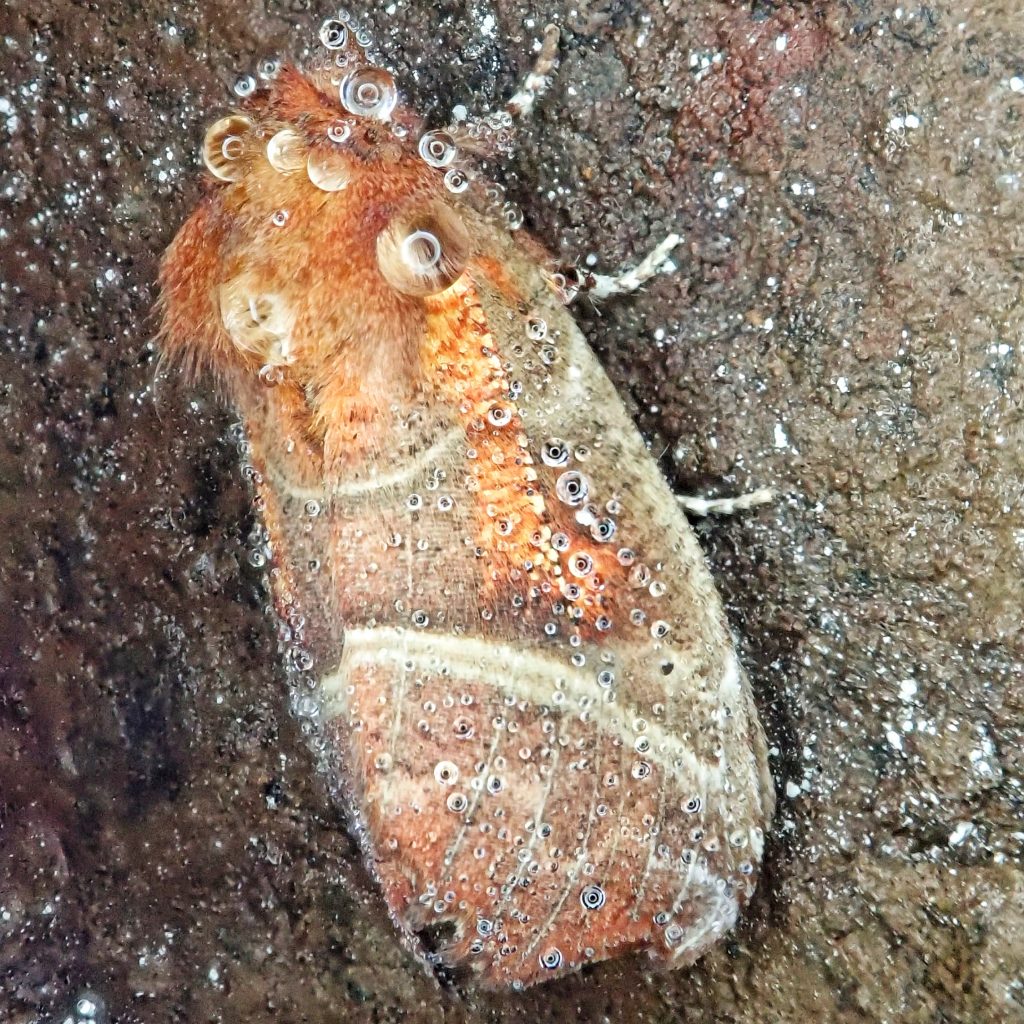
Description-Gray to brownish gray ground color, with pale gray transverse lines; postmedial line is doubled; outer costa is frosted with white; mid wing area is mottled orange; orbicular and reniform spots are white dots; forewing margin is deeply wavy; hindwing is pinkish brown.
Similar species-Really nothing similar in our region.
Habitat– Mesic forests and riparian zones; and anywhere else Salicaceae grow.
Range-Region wide where there are larval hosts
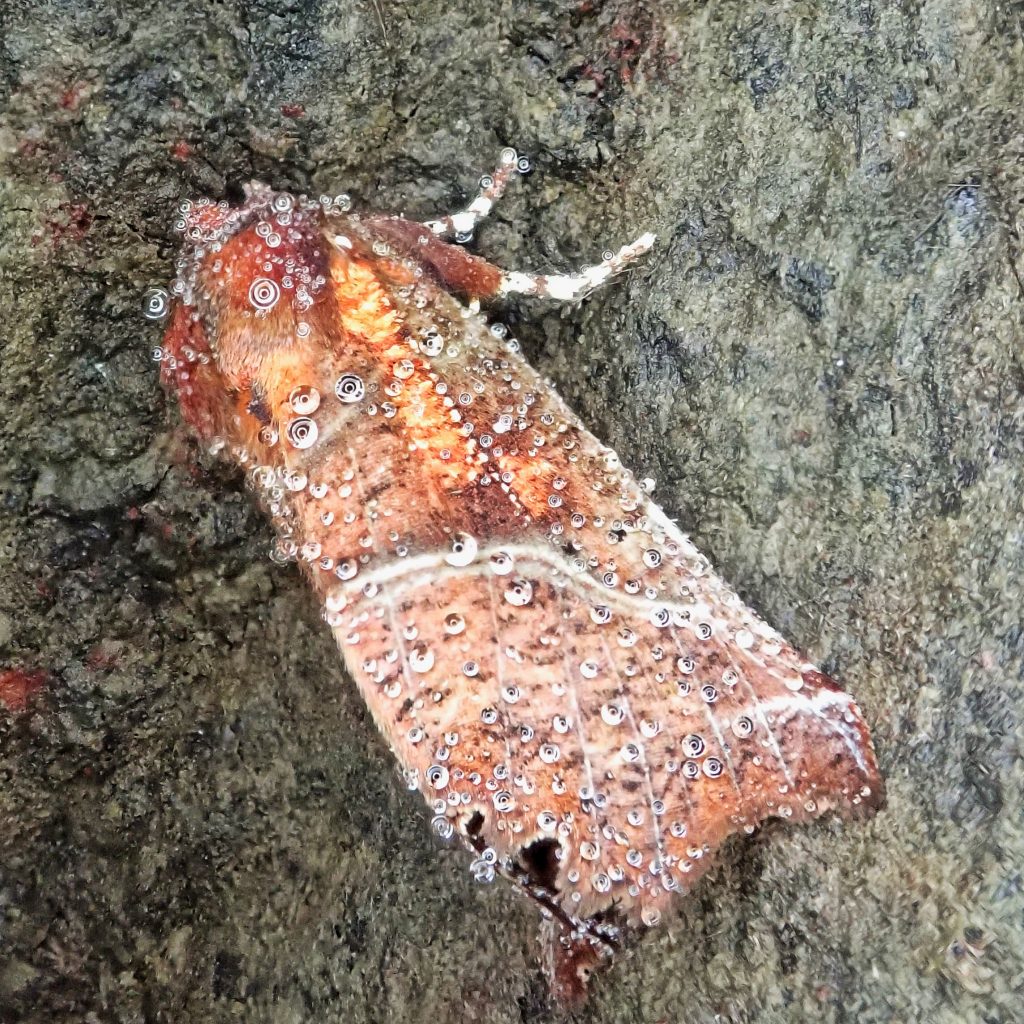
Eats– The larvae feed on willows, cottonwood, aspen, and other Salicaceae
Eaten by-Since the larvae don’t feed on anything they can store for toxicity then my guess is that both larvae and adults are eaten by anything insectivorous.
Adults active– Adults overwinter in hibernation and emerge in spring to lay eggs; they can be found flying from March to November, with peaks in May and August.
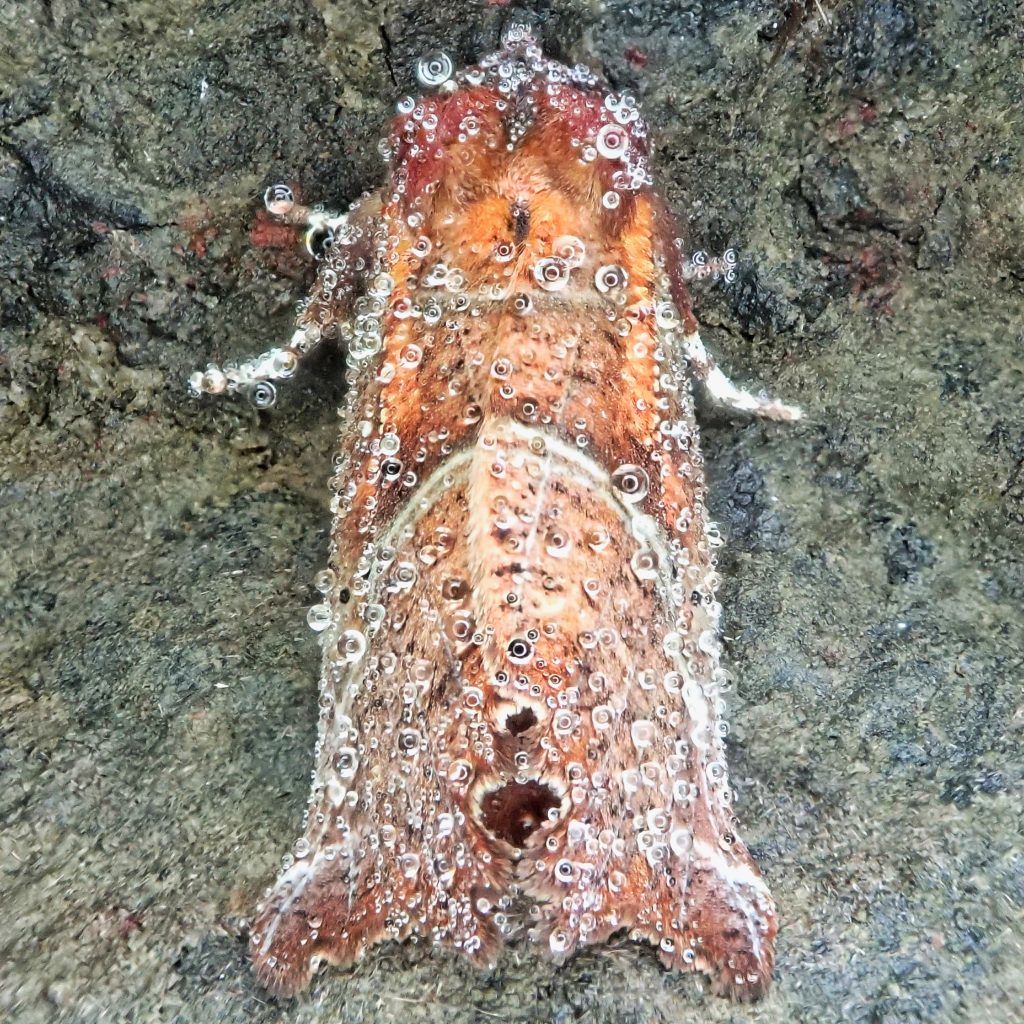
Etymology of names– Scoliopteryx is from the Greek scolio- meaning curved or crooked, and -pteryx meaning wing, which I would guess references the wavy/scalloped margin of the forewing. The species epithet libatrix is much more obscure. The literal translation from Latin would be ‘one who pours’. And I have no idea what that may be referencing. Further complicating this is the idea the common name Herald “…might be derived from Linnaeus’ original name of libatrix – the moths’ vestiture may have suggested to him a stately robe, suitable for ceremonial duty.” according to A. Maitland Emmet in The Scientific Names of the British Lepidoptera – Their History and Meaning. But this seems spurious since I did not find, during a couple of hours of web searching, any hint that the word libatrix ever denoted a ceremonial role. Leaving out the libatrix part, the moths’ vestiture certainly does look like a stately robe.
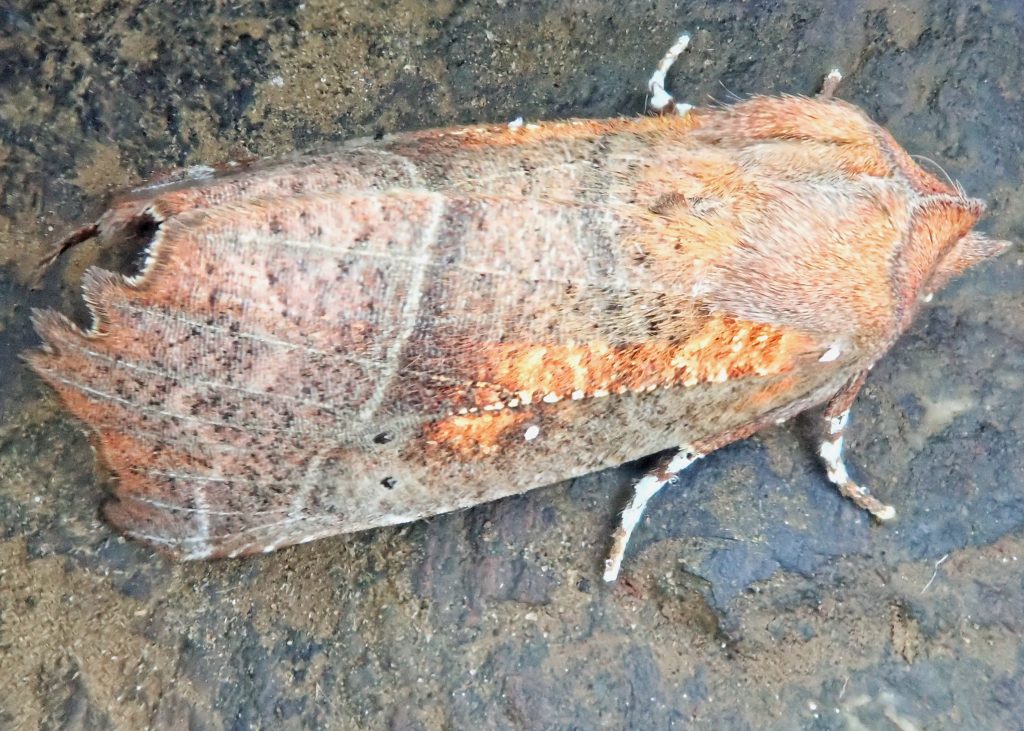
https://bugguide.net/node/view/9243
https://en.m.wikipedia.org/wiki/The_herald_(moth)
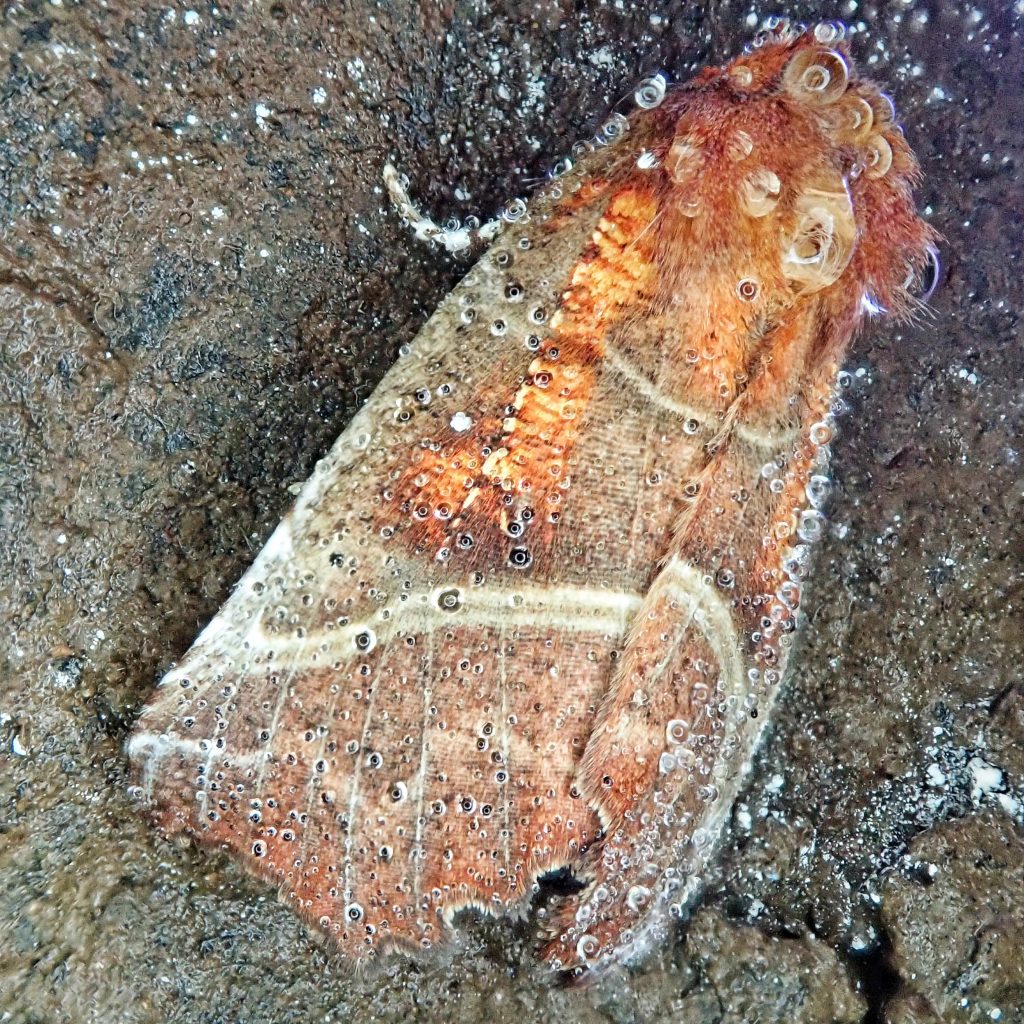
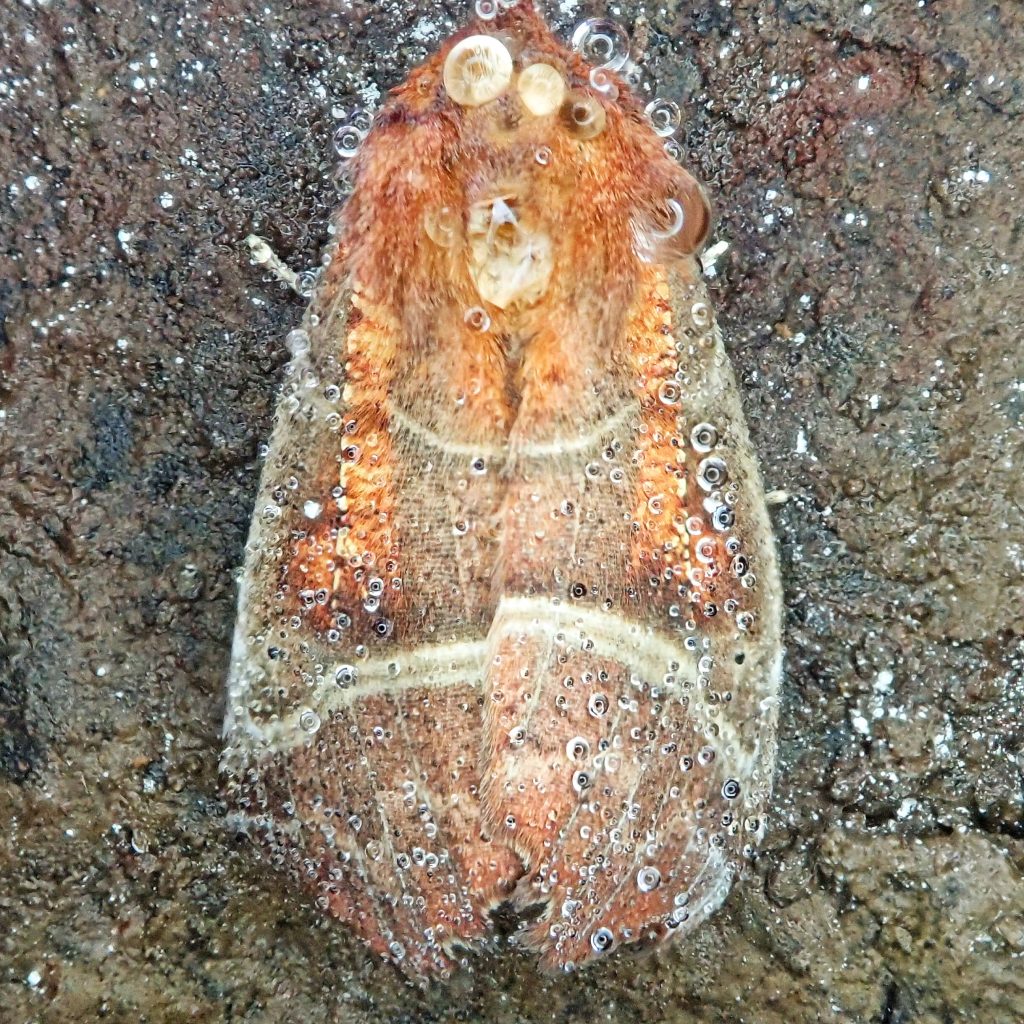
Hey Dan, I hope you saw this article. https://images.peabody.yale.edu/lepsoc/jls/1990s/1993/1993-47(2)106-McKillop.pdf
I happen to actually own a cave. I’ve not seen much in the way of overwintering moths in it. Now I’m going to have to have a good look.
I hadn’t seen this. Looking forward to reading this. Thank you!
I added that link to the post. Good information there!
Very interesting! I didn’t know there were hibernating moths! Pictures are quite beautiful! 👍☺️